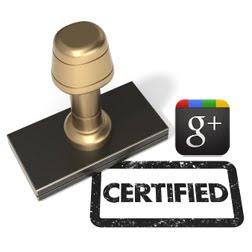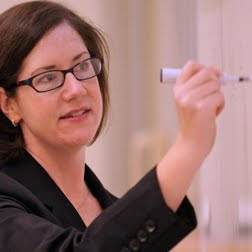 According to Ogilvy & Mather, digital video is emerging as the fastest-growing form of interactive content distributed and consumed online. They are so bullish about it, they've launched a specialty video practice that will be led by Robert John Davis, a veteran of Rainbow Media and MTV Networks.
According to Ogilvy & Mather, digital video is emerging as the fastest-growing form of interactive content distributed and consumed online. They are so bullish about it, they've launched a specialty video practice that will be led by Robert John Davis, a veteran of Rainbow Media and MTV Networks. What makes it different than their full-service offerings? The agency is hoping Ogilvy's Advanced Video Practice will take engagement beyond the "viral" view, which is largely defined as number of views or impressions. Specifically, they are looking to track measurable engagements that place viewers directly into the sales funnel. In other words, outcomes.
"We created a unique offering at a time when even the major online video sites had not yet started thinking about how to maximize the value of their own content for marketers," said John Seifert, CEO of Ogilvy & Mather North America. "Our results with clients using the Ogilvy Advanced Video practice are impressive and we are now making it a distinct practice area to reflect the changes and opportunities in our business."
The practice focuses on several key aspects of online video: the creation of strategic content, video search engine optimization (VSEO), the production/distribution of video across multiple digital platforms, and measurement. None of that is exceptionally special, but it does demonstrate one of the first formalized approaches to move away from defining impressions and activity as "influence" and toward measurements that produce outcomes, including sales.
 Beyond that, Davis says that the practice is unique in that it will optimize clients' work from the very start before a frame of video is shot rather than attempt to optimize content after it has been created. While Davis and company believe this is a completely new approach to content creation, they are really borrowing the most common model employed by some publishers who determine "interest" before seeking stories.
Beyond that, Davis says that the practice is unique in that it will optimize clients' work from the very start before a frame of video is shot rather than attempt to optimize content after it has been created. While Davis and company believe this is a completely new approach to content creation, they are really borrowing the most common model employed by some publishers who determine "interest" before seeking stories. However, they may be one of the few agencies thinking about this approach. And, interestingly enough, they are one of the few thinking about outcomes, especially as they happen online.
Where Ogilvy & Mather is right and where this thinking might lead.
The best part of the practice is clearly moving away from eyeball measures and considering what people are interested in before developing content. The latter is tried and true among publishers (although sometimes I wish publishers wouldn't do it), and will certainly give an uplift to advertising campaigns. The former is a concept relatively few agencies seem to embrace these days.
Where Ogilvy & Mather might do even better is to rethink what medium means online. Digital video is clearly engaging for audiences, even if it is limited by its linear presentation. But marketers need to shift their thinking away from medium all together.
There is no singular medium online, but rather a convergence of all media. Few, if any, agencies have fully realized that, leaving most to continually force content into a medium as opposed to determining the best format for the content and then assigning how various media might support that.
The Internet is everything. It's textual, visual, audible, conversational, portable, mobile, and interactive all at the same time. The best campaign practices that will emerge in the future will be those that recognize the environment, knowing what people are looking for and then delivering it without forcing them into a specific medium.
Still, the real takeaway today is that one of the largest marketing communications companies in the world is growing weary of impression counts and is committing to a new direction. That's great news for anyone tired of people who like to primp followers, viewer counts, and page views.

























